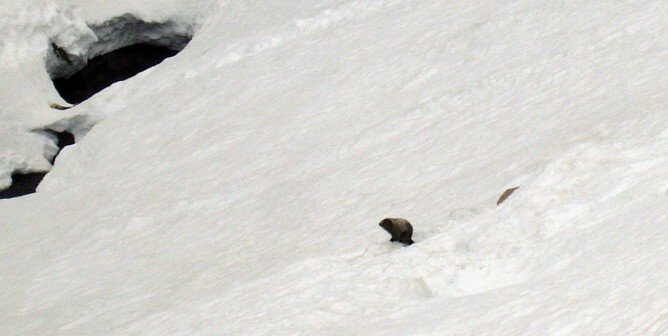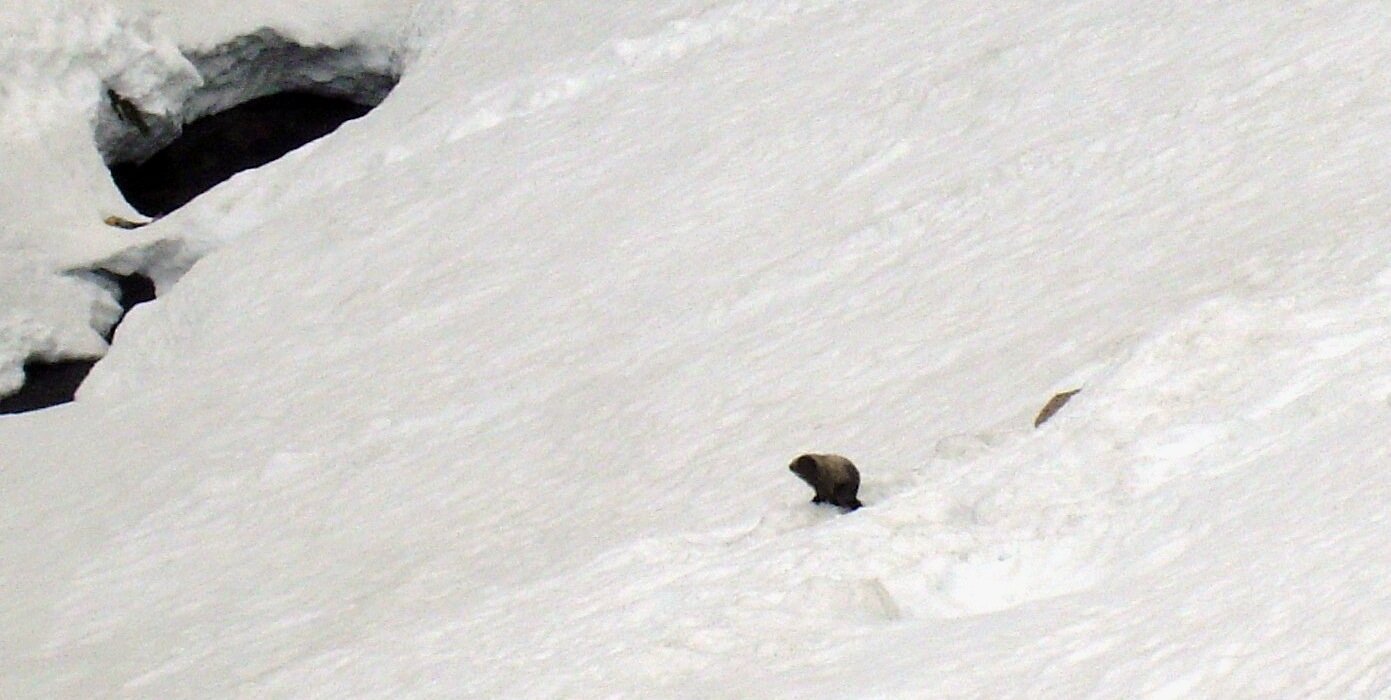
University of Washington atmospheric scientist Cliff Mass has some debating words for authors of a recent study (“The Unusual Nature of Recent Snowpack Declines in the North American Cordillera“) suggesting the Western snowpack is dramatically shrinking due to climate change.
If you really check out the Science paper and look at the data, the loss of snowpack during the past few decades have not been serious. There is no clear smoking gun of anthropogenic global warming.
That is in stark contrast to the paper’s summary, which claims:
Over the past millennium, late-20th century snowpack reductions are almost unprecedented in magnitude across the northern Rocky Mountains, and in their north-south synchrony across the cordillera. Both the snowpack declines and their synchrony result from unparalleled springtime warming due to positive reinforcement of the anthropogenic warming by decadal variability.
To be clear–as Mass responded to one blog commenter thanking him for exposing the climate change “hoax”–this is not an argument over whether we’re changing the earth’s climate. Mass, along with the vast majority of climate researchers, has concluded that we are. His objection seems to be to statements like “almost unprecedented in magnitude.”
Says Mass, “Folks, we are in the early days of the warming and most of the action is yet to come. We need to be very careful on jumping to conclusions too early, since that only aids the deniers and skeptics who are just looking to pounce on excessive claims.”
A Seattle Times story alludes to the squabbling over how to frame the study’s finding: “The precise amount of those declines, particularly in the Cascades, has been the subject of fierce debate even within UW climate circles. But no more than half of the declines can be explained by natural shifts, the study shows.” In the New York Times, Greenwire’s Laura Petersen says, “The latest findings support conclusions from other studies suggesting that 30 to 60 percent of recent snowpack decline is due to human-induced warming.”
From Mass’s point of view, looking at 30 years of Cascades snowpack increase since the mid-1970s (based on snowpack measurements, not tree rings), the question of climate change effects is less predictable than that. Also, there’s the Pacific Decadal Oscillation, which does to graphs exactly what its name suggests.
His other criticism is that the study’s own data seems to show a trend of snowpack decline beginning around 1900, which is much earlier than you’d expect climate change to have begun messing with our heads–so the question becomes, If some other, unexplained factor was thinning the snowpack, how is it possible to back out those inputs from what we’re observing more recently?
For those of you curious as to whether trees are really that accurate as snow gauges, the study’s authors didn’t include just any tree. First, they focused on collecting samples from areas in which snowfall (and thus snowpack) is known to be the primary source of water for trees, and then, to isolate the “snowpack signal” further, they concentrated on trees whose “seasonal biology (i.e., timing of tree-ring growth) ties them closely to snow.”
Nor do the authors just bleep over the Pacific Decadal Oscillation: In fact, their argument uses long-term PDO observation to single out those unusual moments when, instead of the storm-track shifting from north to south (and vice versa) due to PDO, the whole range of the cordillera either increases or decreases in snowpack. This is rare; the authors say the the last time this occurred was the mid-1300s to early 1400s, a “time of anomalous warmth at regional and hemispheric scales.”
That warmth, says lead author Greg Pederson, is the crux of the “unprecedented magnitude” the paper references. The major declines from 1900 on were not associated with a temperature signal (so Mass is half-right), but with a change in the storm track that left the Northern Rockies “robbed of moisture.” Even so, Pederson emphasizes, that previous instance of decline beginning in the mid-14th century was due to a “period of warming not as high as the last few decades.”
Pederson argues that the change in average temperature due to warming has made the snowpack more temperature sensitive. You may not think half a degree matters that much, but it does when the half-degree is the difference between frozen and melting. Proportionally, things shift: the amount of precipitation that falls as rain vs. snow, the chance that a brief warm front in winter will bring massive melt and floods, and the chance that the snowpack will endure into summer.
Pace Mass, I can’t blame Pederson, et al, for the spin that different media have put on the study’s findings, though I’m sympathetic with his concern about “Sky is falling” messaging that doesn’t hold…um…water. But I do take issue with Mass’s definition of what’s serious. If Pederson’s tree-ring-to-snowpack record is correct, asynchronous declines tied to a global warming trend are simply not a frequent (on the human time scale) occurrence.
If you consider that it’s not unusual to have snowpack averages that diverge substantially for decades–over and over throughout the 800-year survey, you see peaks and valleys that endure for what would have been a lifetime–adding heat “quickly” to that system is foolhardy, and exactly what we’re doing.
Because your water tap doesn’t care about climate change debate, just the snowpack, water managers, their eyes opened to “unthinkable” effects of major droughts following years and years of Rockies-fueled abundance, must absolutely consider the proportionate change that warming could provide. Purely as a precautionary scenario–though I think the trees are in fact telling us something–the study’s red flag is creditable. There are too many lives at stake in the best of times. As National Geographic summarizes:
Each spring, melted snow and ice from the Rocky Mountains recharge up to 80 percent of the Columbia, Missouri, and Colorado River Basins. Together, these basins form the primary water source for nearly 70 million people in an area plagued by droughts….
Our infrastructure has trouble handling the huge ranges that, over the longer-term, nature is capable of surprising us with. Ironically, as many have noted, this study has appeared during a peak snowpack season. But we can be overwhelmed there, too.
At the moment, reports the AP, our hydropower dams would generate more electricity than demand, but it’s not as easy as simply spilling excess melt-water. Too-high dissolved oxygen levels in spill water could hurt salmon. So the Bonneville Power Administration has been telling wind farms to shut down at night, and stop delivering unmarketable electricity. Wind farm owners, naturally, are upset–they need to sell all the electricity possible to recoup their investment. So we fluctuate, one year raising electricity rates because the snowpack is low; the next, curtailing production because there’s too much of it. The trees aren’t the only ones feeling the stress.
